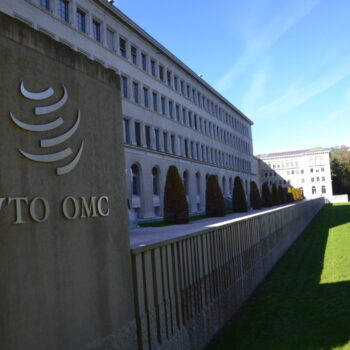As Europe prepares for a new set of reforms to modernise its electricity market, E3G’s latest briefing looks to the US for evidence on the value of building demand-side flexibility into the system, and lessons on how to achieve this.
With more than 30GW of potential resource contribution from demand response, and more than a third of electricity consumers using smart meters by the end of this year, the United States’ head start in the use of demand side resources has become apparent – and offers clear and useful lessons for Europe ahead of this summer’s launch of the European Commission’s Market Design Initiative:
- Demand side resources can be both a reliable and cost competitive alternative to generation capacity.
To the benefit of system operators, regulators and consumers alike, evidence shows that demand side resources have reduced peak demand as much as 10-12% in Northeastern and Midwestern regions with far superior performance than that provided by generation, while reducing the clearing price tenfold in unconstrained zones of the PJM capacity market. - The use of demand side resources offers the potential to avoid significant volumes of electricity demand and greatly improve system resilience.
Weather-related disasters are an important driver for demand side flexibility in the US, as investments that improve reliability and resilience of the electricity grid. Hurricane Sandy notably prompted New York to launch its Reforming the Energy Vision (REV) process, arguably the most extensive electricity market reform effort underway and one which will prioritise efficiency, demand response and distributed generation. - Capturing the benefit of demand side resources requires an ‘all hands on deck approach’ with the involvement of federal legislators, state regulators, and businesses.
The US experience shows that the creation of demand side markets takes more than consumer awareness and price signals. Federal mandates, support from federal and state legislation, regulatory reform and public funding have been critical in driving this transformation. To date, half of US states have in place binding energy savings targets (in the shape of Energy Efficiency Resource Standards), and all but one have a demand response programme up and running. - These markets cannot be created overnight. Despite the head start and continued commitment, barriers remain and electricity market rules still favour conventional supply.
Inherent bias of market rules towards generation, subsidiarity struggles between states/member states and federal/European law makers, and the reluctance of traditional utilities are hurdles common to both sides of the Atlantic. But deeper reform efforts are underway – again on both sides of the Atlantic – to capture the full potential of demand side resources.
To European policy makers and businesses, the US experience shows that the road to demand side flexibility is a testing one, but the rewards are clearly worth the effort.


